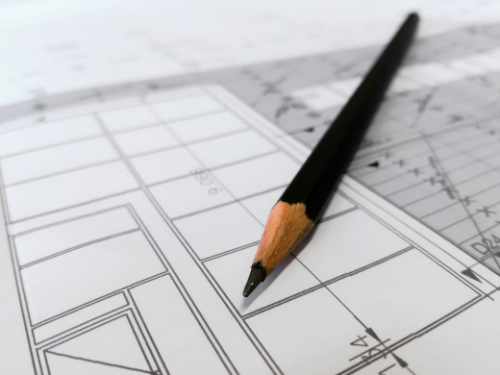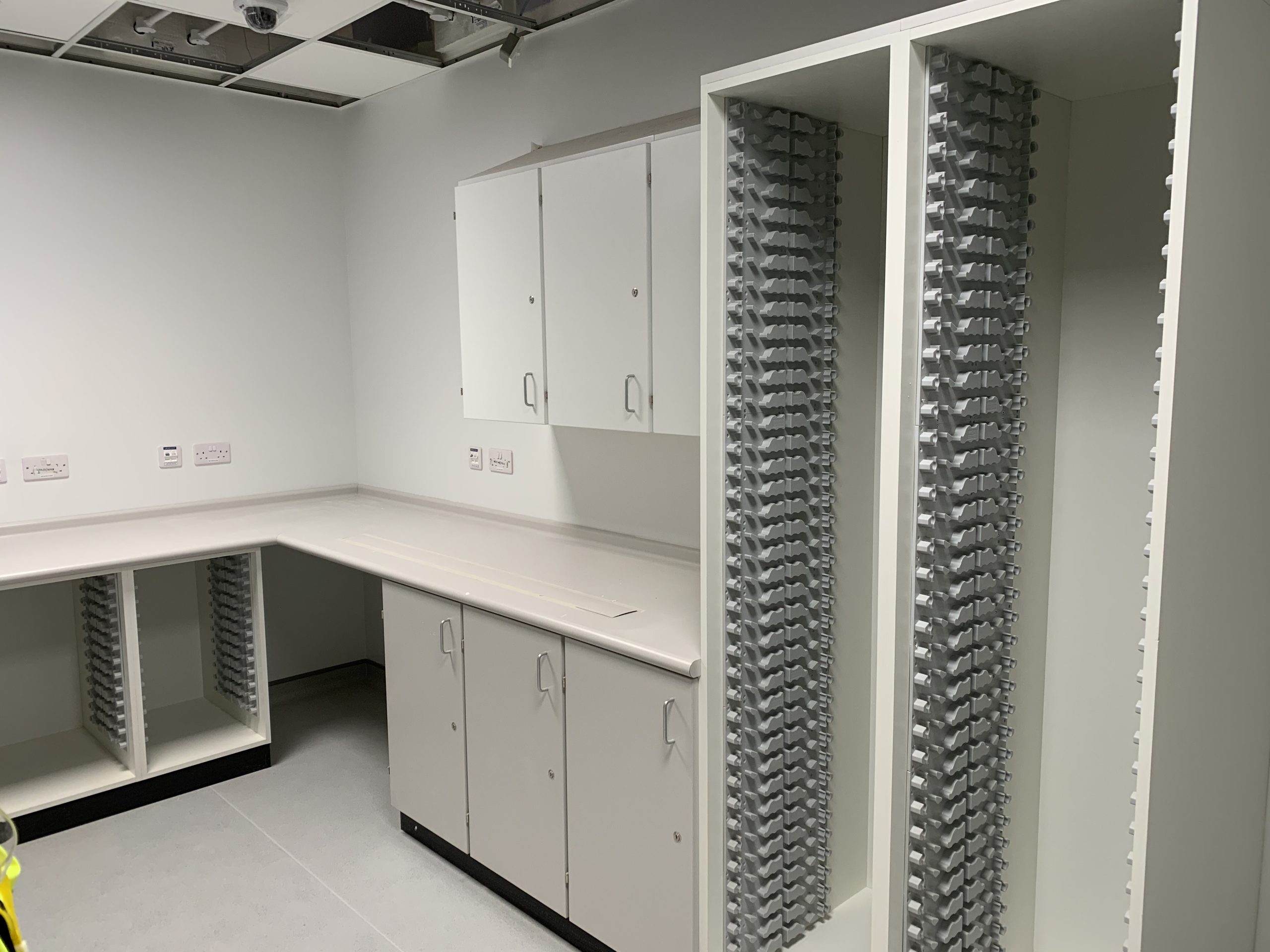Healthcare facilities present unique challenges for architects. Unlike other types of buildings, they demand a…

3 environmental features that influence patient well-being
One of the main concerns of healthcare providers and patients alike is figuring out ways to smooth and accelerate the healing and recovery process, so that it is as pain-free and time-efficient as possible. Clearly, this helps patients in that it means they can get back to their normal lives as soon as possible. And it helps healthcare providers by enabling them to manage resources more effectively. When it comes to boosting patient well-being in a care setting, certain environmental features and factors play a major role. Here are some of those.
1. A connection to nature
Some truly amazing research was conducted years ago, which found that patients in care environments (hospitals, specifically) recovered faster from their afflictions, and experienced a greater sense of well-being, when they could see a tree from the window of their rooms. Bear in mind, however, that “seeing a tree” isn’t a very high bar to set in terms of a connection to nature. Other research has driven home the point that a connection to nature is fundamental for recovery and overall well-being, with people who live in rural areas generally being healthier and happier than their city-dwelling counterparts. If you want the healthcare environment you’re designing to be as good as it can, work to bring some natural elements in.
2. A baseline degree of comfort
Fitted healthcare furniture, and hospital furniture in general, will typically be tailored to provide a certain baseline degree of comfort to patients. Being a guest in a medical facility is typically not a comfortable, or pleasurable experience, by any means. Often, recovery and well-being will be inhibited by the stress of the situation as a whole. However, by working to establish a baseline degree of comfort, using fitted hospital furniture and a carefully considered setup, the tables can be turned quite dramatically.
3. A sense of mastery over, and understanding of, the environment
Simplicity is an excellent design feature for reducing stress among patients, and for ensuring that their sense of well-being is kept as high as possible. Generally, when we feel we have a sense of control and mastery over our environment, we act in a much more confident and forthright way, and feel a lot better about ourselves and our prospects, too. Ensure that things are as “minimalist” and “simple” as possible in the hospital room and overall facility. For example, install floor-to-ceiling windows to let in light and sound-absorbing panels to reduce noise and distractions. The positive psychological effects of this can be significant.
Environmental features of healthcare furniture – where to find out more
If you’d like to learn more about how healthcare furniture environmental features can help patient wellbeing, please get in touch.
Read case studies about furniture contracts we’ve completed for several hospitals throughout the UK.
At David Bailey Furniture Systems, we have have helped architects and contractors design fitted furniture for the hospital and other healthcare environments for over 35 years. Our factory is in Broadstairs, Kent in the UK and we have provided furniture for many NHS hospitals and private hospitals, including Wexham Park, Guy’s & St Thomas’, Great Ormond Street Hospital, Spire Hospitals and University College London Hospital (UCLH), as well as many regional hospitals, GP surgeries and health clinics around England and Wales.








